Samoan music encompasses the traditional and contemporary sounds of the Samoan Islands, centering on expressive communal singing, ceremonial dances, and devotional hymnody. It blends indigenous vocal practices, body percussion, and slit‑drum timbres with later church harmony and, in the modern era, island pop and reggae backbeats.
At its core are choral pieces (pese/pese lotu), dance songs for siva and the culminating taualuga, and percussive spectacles like the fa'ataupati (slap dance). Texts typically foreground fa'a Samoa (the Samoan way), genealogy, love, hospitality, and spirituality, delivered in the Samoan language with clear, emotive melodies and rich group harmony.
Contemporary Samoan music also draws on guitars, ukulele, bass, and light drum set or log‑drum ostinati, often in relaxed mid‑tempo grooves influenced by reggae and Pacific pop, while retaining the communal call‑and‑response and lyrical themes of tradition.
Indigenous Samoan music thrived long before European contact, centering on communal singing for work, ceremony, dance (siva), and chiefly oratory. Vocal unison with occasional parallel harmony, responsorial exchanges, and percussive accompaniment from body slaps (fa'ataupati) and wooden slit-drums created a distinctive sonic identity aligned with fa'a Samoa (the Samoan way of life).
From the early–mid 1800s, Christian missions spread congregational hymnody and Western part-writing. Samoans rapidly localized this into pese lotu (church songs), producing powerful choirs, SATB textures, and a deep repertoire that intertwined Christianity with Samoan poetic expression. Western classical and choral practices reshaped harmonic language while preserving Samoan prosody and communal participation.
String instruments (guitar, ukulele) and touring Polynesian ensembles broadened instrumentation. Dance music for village fiafia nights and social gatherings flourished, with repertoires for siva and taualuga formalized in schools, churches, and diaspora communities in Aotearoa/New Zealand, Hawai‘i, and the US mainland.
From the 1970s–1990s, Samoan bands and vocal groups recorded widely, codifying a relaxed, harmony-rich “island style” that coexisted with church music. In parallel, Pasifika scenes in New Zealand and Hawai‘i fostered fusions with pop, soul, and especially reggae, feeding the rise of Pacific reggae/Jawaiian aesthetics while retaining Samoan lyrical identity.
Digital production, YouTube, and community radio amplified both traditional choirs and contemporary Samoan pop/reggae ballads. Today the spectrum runs from ceremonial performance to chart-friendly island grooves, with language preservation, family narratives, and church-centered musicianship continuing to anchor the genre.

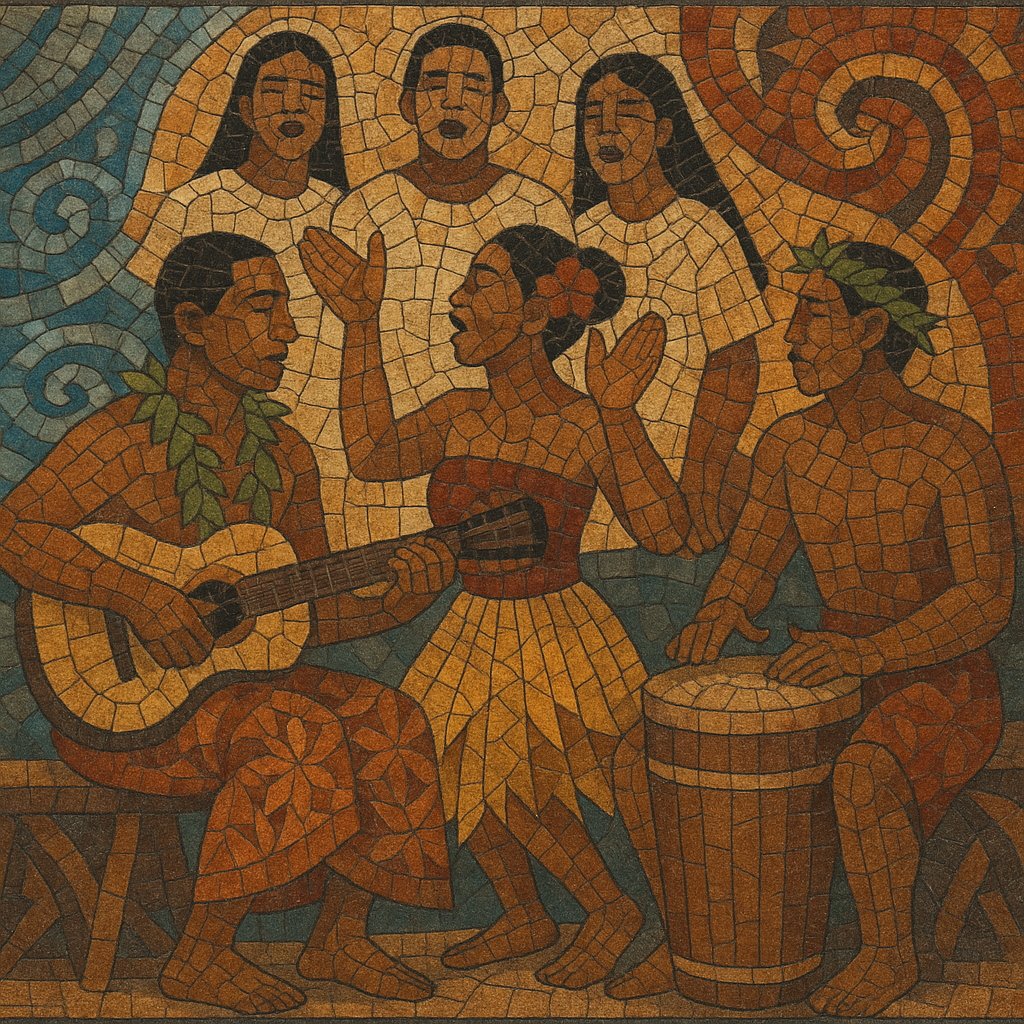
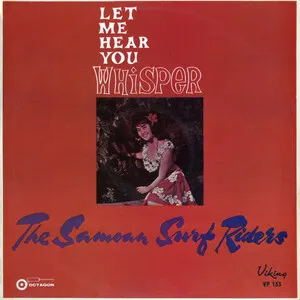
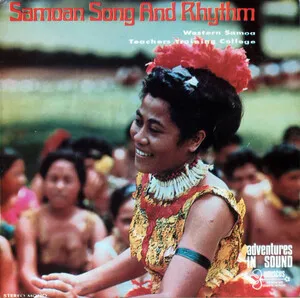
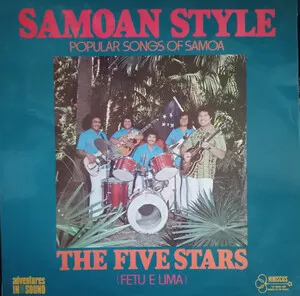
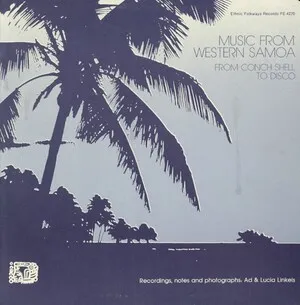

%2C%20Cover%20art.webp)
